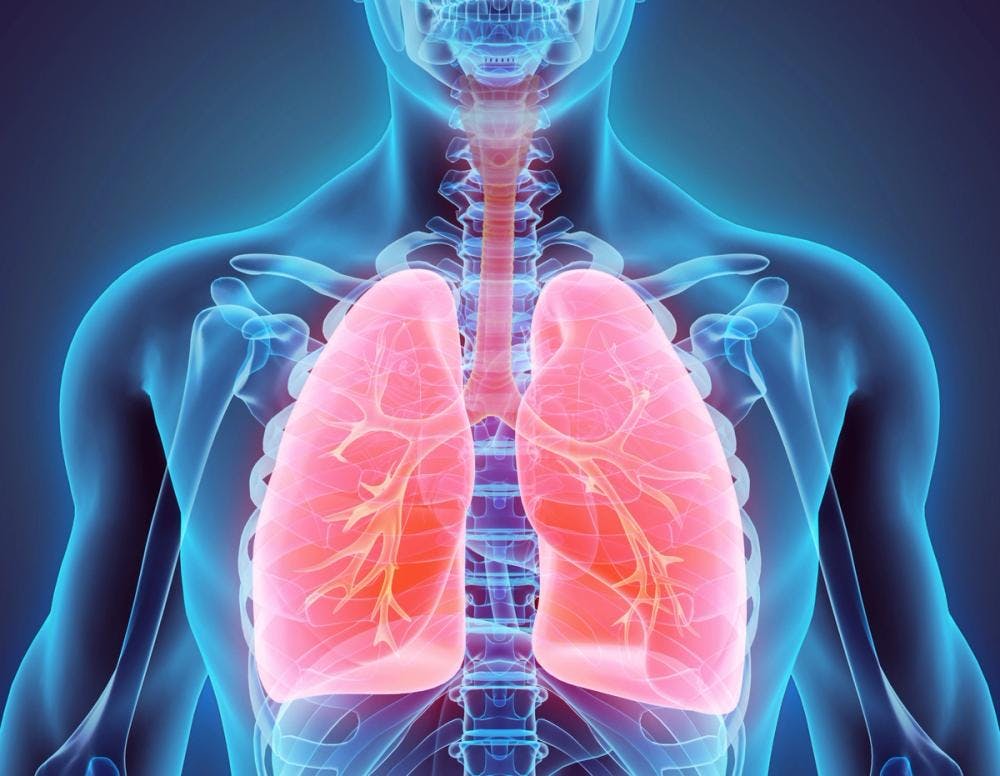Understanding the Risk Factors for Heart and Lung Disease

.
Understanding the Risk Factors for Heart and Lung Disease
Heart and lung disease are two of the most common causes of death in the United States. While there are many factors that can contribute to these diseases, understanding the risk factors associated with them is essential for prevention and early detection. In this article, we will discuss the various risk factors associated with heart and lung disease, as well as how to reduce your risk of developing either condition.
What is Heart Disease?
Heart disease is a broad term used to describe any condition that affects the heart or its ability to function properly. This includes conditions such as coronary artery disease, congestive heart failure, arrhythmias, and congenital heart defects. Heart disease is one of the leading causes of death in the United States, accounting for nearly one-third of all deaths each year.
What is Lung Disease?
Lung disease is a broad term used to describe any condition that affects the lungs or their ability to function properly. This includes conditions such as asthma, chronic obstructive pulmonary disease (COPD), emphysema, and lung cancer. Like heart disease, lung disease is also one of the leading causes of death in the United States, accounting for nearly one-quarter of all deaths each year.
Risk Factors for Heart and Lung Disease
There are several risk factors associated with both heart and lung diseases that can increase an individual's chances of developing either condition. These include:
-
Age: As people age, their risk for both heart and lung diseases increases significantly due to changes in their bodies over time.
-
Gender: Men are more likely than women to develop both heart and lung diseases due to differences in hormones and other biological factors.
-
Family History: Individuals with a family history of either heart or lung diseases are more likely to develop either condition themselves due to genetic predisposition.
-
Smoking: Smoking cigarettes or other tobacco products increases an individual's risk for both heart and lung diseases due to its damaging effects on the lungs and cardiovascular system.
-
Obesity: Being overweight or obese increases an individual's risk for both heart and lung diseases due to its effects on blood pressure, cholesterol levels, inflammation levels, and other health markers related to these conditions.
-
Air Pollution: Exposure to air pollution has been linked with an increased risk for both heart and lung diseases due to its damaging effects on respiratory health.
-
Diet: Eating a diet high in saturated fats, trans fats, sodium, sugar, processed foods can increase an individual's risk for both heart and lung diseases due to its effects on cholesterol levels, inflammation levels, blood pressure levels, etc., which can lead to these conditions over time if left unchecked.
-
Lack of Exercise: Not getting enough physical activity can increase an individual's risk for both heart and lung diseases due to its effects on cardiovascular health as well as overall fitness levels which can lead to these conditions over time if left unchecked.
-
Stress Levels: High stress levels have been linked with an increased risk for both heart and lung diseases due to its damaging effects on mental health which can lead these conditions over time if left unchecked.
-
Alcohol Consumption: Drinking excessive amounts of alcohol has been linked with an increased risk for both heart and lung diseases due to its damaging effects on liver health which can lead these conditions over time if left unchecked.
-
Medications/Drugs: Taking certain medications or drugs has been linked with an increased risk for both heart and lung diseases due to their potential side effects which can lead these conditions over time if left unchecked.
Reducing Your Risk For Heart And Lung Disease
Fortunately there are several steps you can take in order reduce your chances of developing either condition including:
-
Quitting smoking/tobacco use;
-
Eating a healthy diet low in saturated fats; trans fats; sodium; sugar; processed foods; etc.;
-
Exercising regularly;
-
Managing stress levels through relaxation techniques such as yoga; meditation; etc.;
-
Limiting alcohol consumption;
-
Taking medications/drugs only when prescribed by your doctor;
-
Avoiding exposure air pollution whenever possible by wearing masks when outdoors during periods when air quality is poor; etc.;
By taking steps such as these you can significantly reduce your chances of developing either condition while also improving your overall health at the same time!

